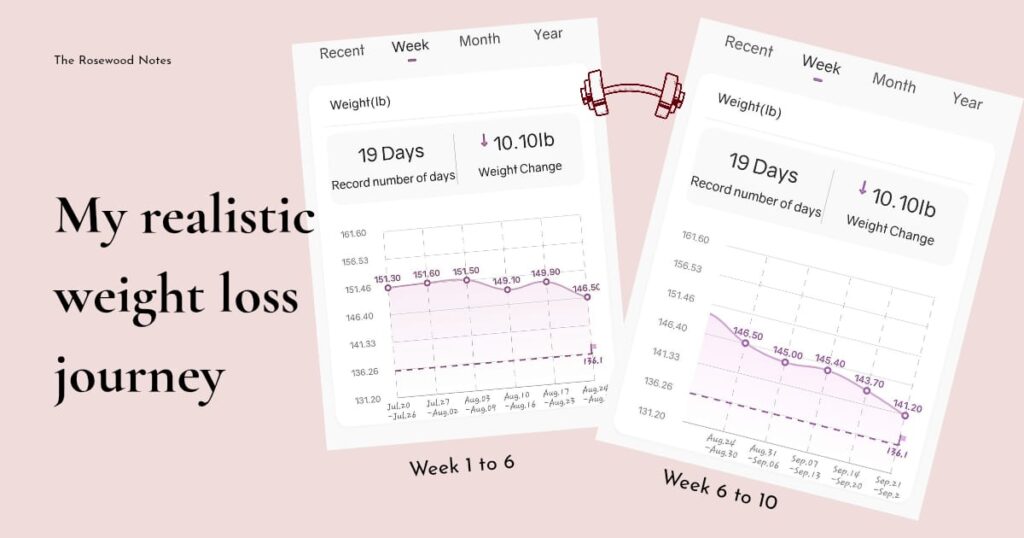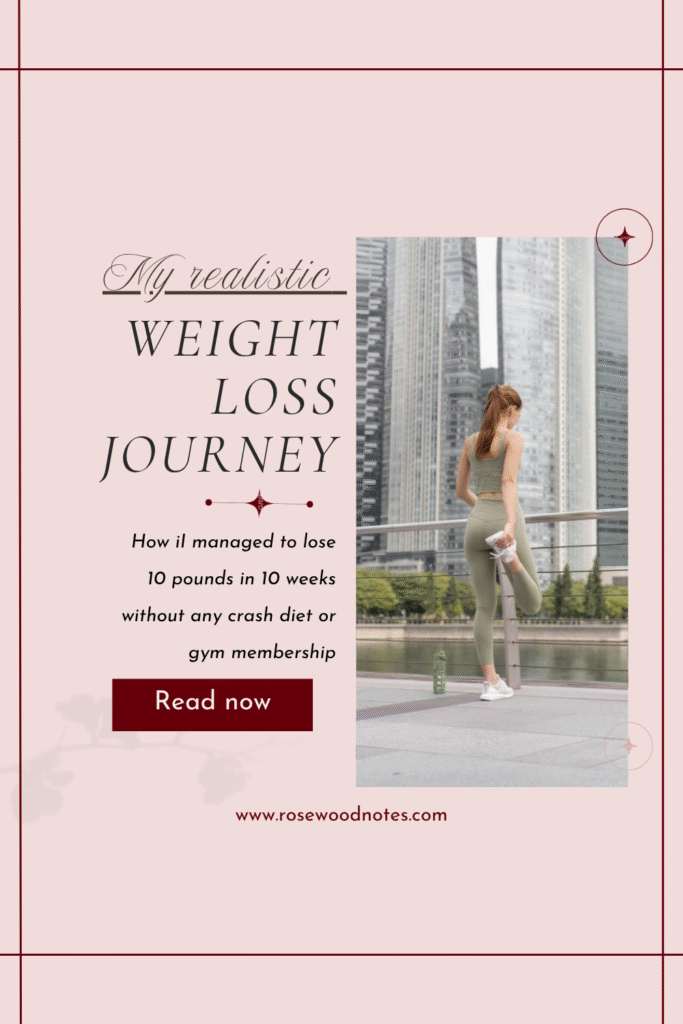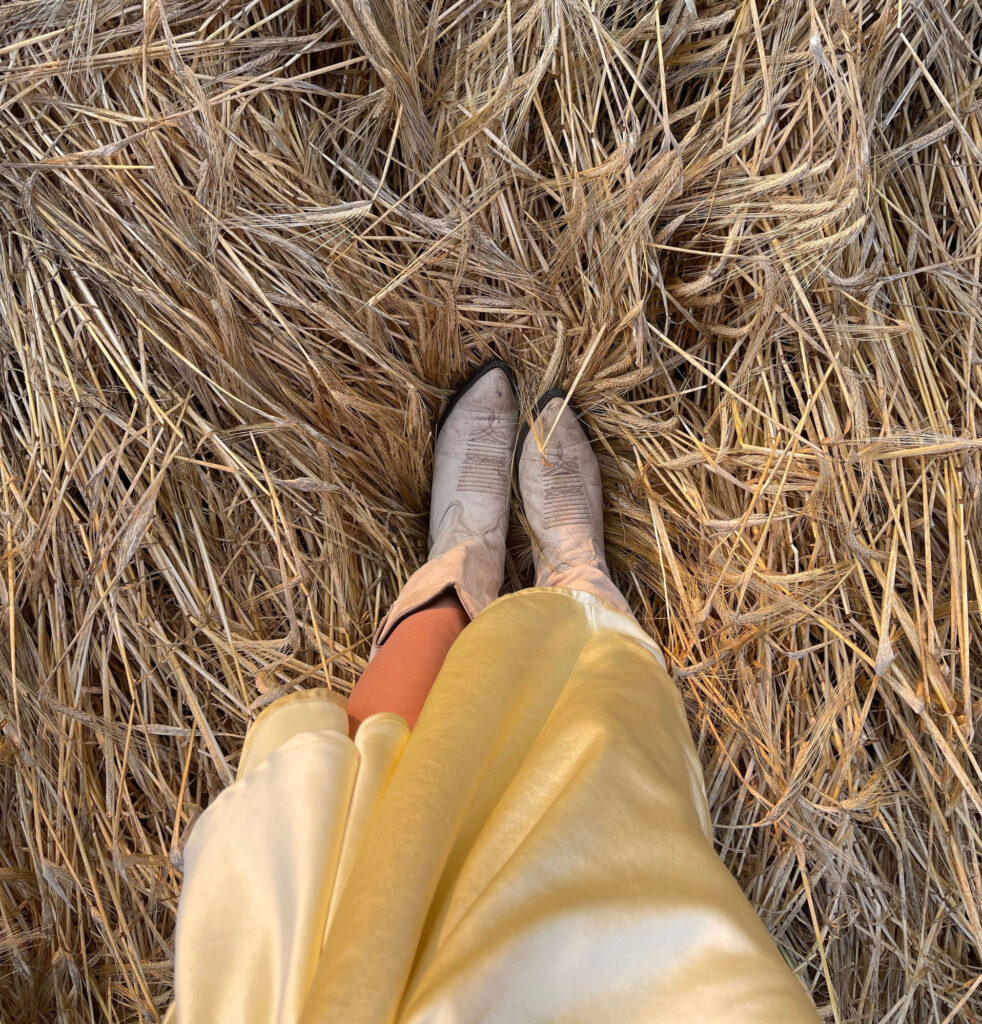I remember clearly how it felt to weigh 151 pounds. I’ve been overweight for as long as I can remember, and even though my weight has fluctuated over the years, I always felt I needed to do something about it. A few weeks ago, I was complaining about regular back pain from my anterior pelvic tilt. Yes, my tilt is almost normal, but my weight seemed to make it worse. I couldn’t walk or stand for long without needing to stretch to relieve the pain. I finally decided I’d had enough, and in 10 weeks, I managed to lose 10 pounds. It might not seem like much, but for someone who’s never successfully lost weight before, it felt like a real accomplishment.
There are countless articles and videos promising “lose 10 pounds quickly” or selling magical products that claim to shed weight overnight. It’s challenging to find a healthy, steady, and sustainable way to lose weight without spending hours in the gym or eating only chicken and rice for months. So here I am, sharing how I lost 10 pounds in 10 weeks without extreme workouts or expensive products, and how you can achieve the same, or even better results, with simple habits and minor lifestyle changes.
Disclaimer: I am not a weight loss professional. This post simply shares what has worked for me and what I’ve learned during my journey. Everyone’s body is different, so please consult a healthcare professional before making any major changes to your diet, exercise, or lifestyle.
Understanding Weight Loss
One of the things that people don’t understand when they start a weight loss journey is…what exactly is weight loss? How do you lose weight? Or fat?
There are 2 key terms to know:
Calories in: the food and drink you consume.
Calories out: the calories your body burns just by existing (also called BMR, Basal Metabolic Rate), plus daily activity and exercise.
If the calories you burn daily are higher than the calories you eat, congratulations!! You are losing weight!
You also need to know your TDEE (Total Daily Energy Expenditure).
Your TDEE is basically how many calories your body burns in a full day.
TDEE = BMR + Activity (Calories burned through movement, exercise, chores, walking, etc.)
How do you know your TDEE? You can use a free online TDEE calculator. The same TDEE calculator will give an estimate of how many calories to eat daily if you want to maintain your weight, lose some of it ( which is your goal) or bulk. You can just enter your information like your age, your weight and your activity level. This calculator can even give an idea of how much protein, carbs and fat to eat daily.
One of the ways to know your BMR (Basal Metabolic Rate) is to invest in a body scale. I use a body composition scale that not only tells me how much I weigh but also gives me details about my fat percentage, my water weight, etc All that information I need to get a better insight into where I am at the moment and where I need to be. The scale comes with a phone app that stores all that information and helps me track my progress.
Once you know about your BMR, this is the foundation. Now you need to estimate how many calories you burn daily depending on your lifestyle. If you have a desk job, the overall calories you burn every day would be lower than someone who typically does more physical activities.
My Simple Diet & Lifestyle Changes
- Being more mindful of what I’m eating
These past weeks have taught me so much about my body. Sometimes I just don’t need to eat. I’m not saying I starved myself, but I realised I often want to eat out of boredom, not hunger.
Before I eat something, I ask myself if I really need that food or if I’m just bored. This has helped me a lot on my weight-loss journey.
- Protein, protein, and protein
Protein is your best friend on a weight loss journey. It keeps you full, helps control cravings, and maintains your muscles.
I’m not a picky eater, but if I’ve never tried a food before, I might never try it. It can be frustrating when the best protein sources are things you don’t like, like tuna, cottage cheese or Greek yoghurt.
When I first started, I bought a pint of vanilla-flavoured light yoghurt with 14g of protein. It looked perfect, but I didn’t like it. I let it sit in the fridge for weeks before throwing it away.
That’s why it’s important to eat food you enjoy, not just what’s healthy. A weight loss journey doesn’t have to feel like torture.
- Having “healthier” alternatives
One thing that helped me stay in a calorie deficit without starving was swapping high-calorie foods for lower-calorie, higher-fiber options. I switched from white bread to whole wheat bread and fell in love with it. I started eating more fruit as snacks instead of sugary snacks.
You can also swap processed juice for homemade fruit juice. Buy your favorite fruit and make juice at home. Use low-cal sweeteners instead of regular sugar. Homemade juice has more fiber, fewer calories, and you control the sweetness.
Try zero-calorie or zero-sugar drinks.
Sometimes swapping your favourite food isn’t the perfect solution. I traded my favourite corn cereal for wheat cereal, thinking it was a good deal — less sugar, more fibre, fewer calories. But honestly, I’m still figuring out how to enjoy that cereal because I don’t like it.
Instead of saying no to food you love, have a smaller portion or combine it with protein or veggies.
- Listening to my body’s needs
Some days, you’ll be able to maintain your calorie deficit, but some other you feel like a bottomless pit and you just need more food.
Now, let’s talk about exercises
Do you have to exercise? Yes, it’s better to do some exercise, preferably weight lifting, because if you don’t, you’ll lose muscle along with fat. So, the best way to maintain these muscles is to engage them and tell your body to hold on to them. The minimum recommended is at least 30min of moderate exercise 3 or 4 times a week.
If a gym isn’t your thing, you can do some exercises at home. You can buy a pair of dumbbells, but you don’t have to. Honestly, your body weight can be enough. There are tons of apps you can download for free. They have guided exercises you can do at home for only 30 minutes. You can also find videos on YouTube and choose your favourite type of exercise. Typical weightlifting, Tabata, Zumba, dance workout (my favourite), callisthenics; it all depends on your preference and fitness level.
If you’re a beginner, I would highly recommend trying dance workouts or cardio at home that don’t need a lot of space. You can just type your favourite song or artist, and you’ll find tons of videos on YouTube.
Is it really that simple?
I don’t want to come off like a guru or like I discovered a cheat code for weight loss. I’m not even perfect. I also struggle to maintain a calorie deficit every day. Sometimes I ask myself if I’m going to gain all the weight back. And yes, it’s very easy to gain it all back in a short time, unfortunately.
Meal prepping can be stressful when you’re in a calorie deficit because you’re trying to fit as much food as possible within a specific calorie limit. Sometimes I do go over and notice I’ve exceeded my calories. When that happens, I don’t stress or think I made a mistake. As long as I return to my calorie deficit, everything is fine.
Pin this
How can you actually stay motivated on your weight loss journey?
I feel like it’s easier to keep going once you start seeing results. So, how many days until you actually start seeing changes? It depends on a lot of factors. At the beginning, it’s better to aim for consistency than to try to be perfect right away. When I first started, I was only working out 3 or 4 times a week without any equipment. I built consistency with my workouts, then I bought a body scale and started learning how to begin my calorie deficit.
After that, I added more protein, and later I bought a food scale to measure my portions. The thing is, things might not be perfect at the beginning, but consistency is key.
Don’t panic if the scale doesn’t move right away. I actually gained a few pounds at the start of my journey and thought I was doing something wrong. I almost gave up, but I kept going, and by week 3–4, I started seeing progress. My body was just getting used to more exercise than usual and a lower-calorie intake.
wrapping up…
Losing weight doesn’t have to be extreme, stressful, or expensive. With small, consistent changes—being mindful of what you eat, prioritizing protein, finding healthier alternatives, and staying active—you can achieve steady, sustainable progress. Remember, it’s not about perfection; it’s about consistency, patience, and listening to your body.
If you found my journey helpful, I’d love for you to try these tips and share your progress! Comment below with your small wins, or let me know which tip you’ll start implementing today. And if you enjoyed this post, don’t forget to subscribe to my blog for more real-life tip like this one.
’til next time
Save this for later






